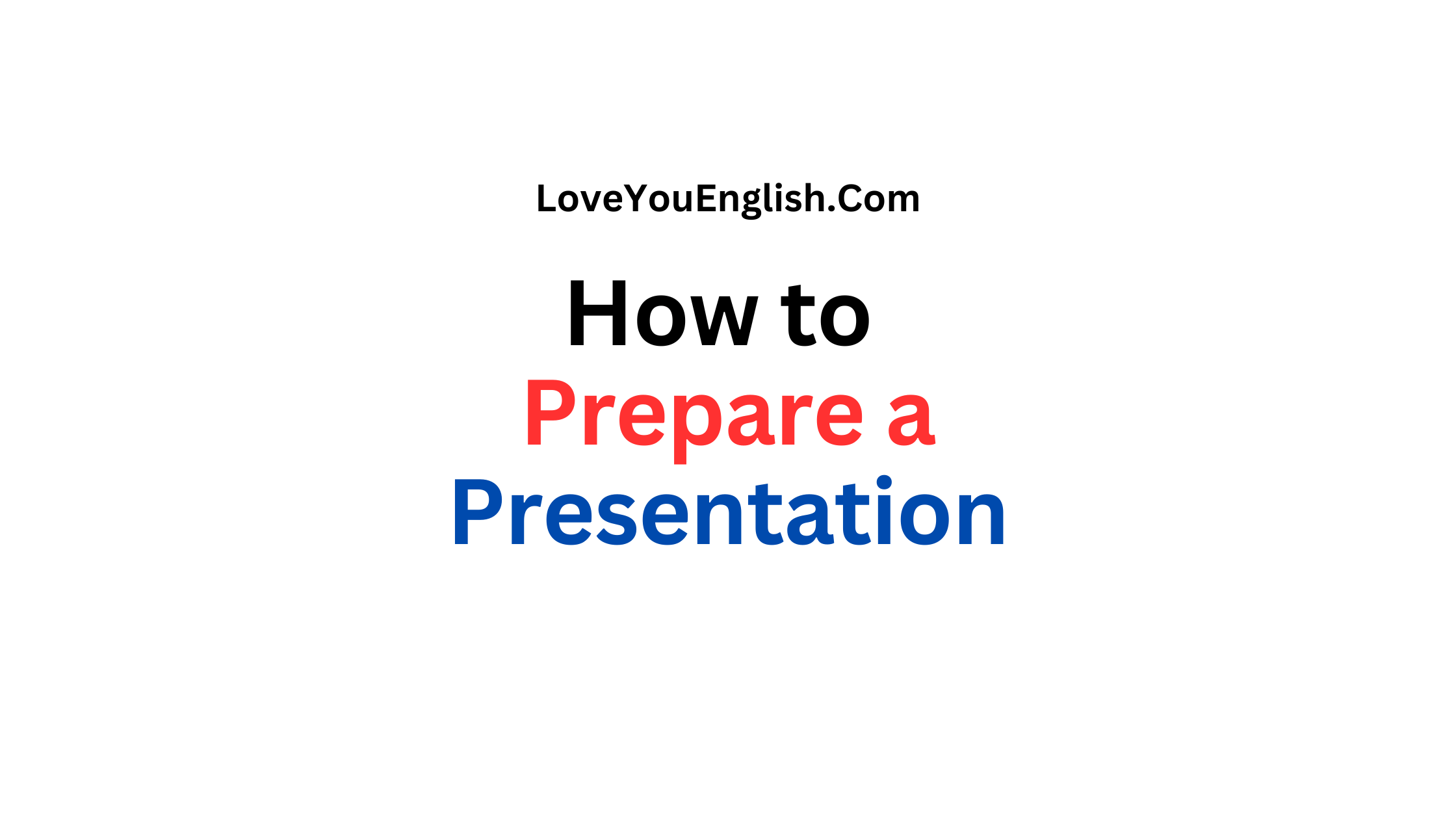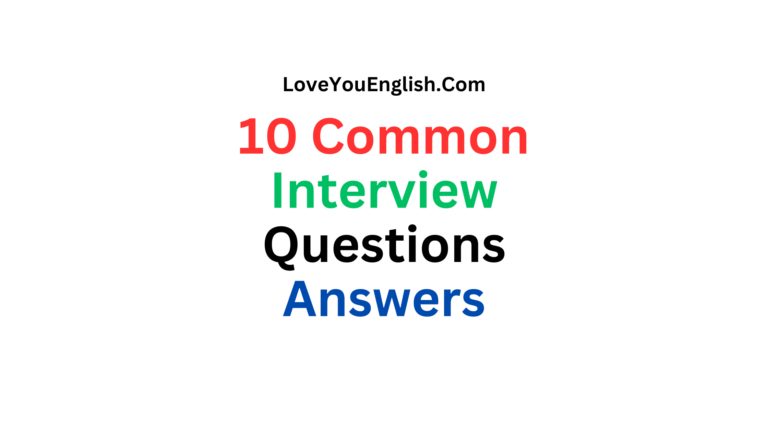How to Prepare a Compelling Presentation
How to Prepare a Compelling Presentation: A Comprehensive Guide
Making a great presentation is really important in both work and school.
Whether you’re sharing a new business plan, giving an important speech, or showing off your research, how well you communicate and connect with your audience can really determine how well you do.
I will help you understand the main steps and tips for putting together and giving an awesome presentation.
Understand Your Audience
Before you start crafting your presentation, it’s essential to understand who your audience is.
Consider:
- Their background knowledge on the topic
- Their interests and expectations
- Their potential concerns or objections
- The size of the audience
- The setting (formal, informal, academic, business, etc.)
Tailoring your content and delivery to your specific audience will help ensure your message resonates and achieves its intended impact.
Define Your Objective
Every presentation should have a clear purpose.
Ask yourself:
- What do I want my audience to know, feel, or do after my presentation?
- What’s the key takeaway I want them to remember?
- How can I measure the success of my presentation?
Having a well-defined objective will guide your content creation and help you stay focused throughout the preparation process.
Develop Your Core Message
Distill your presentation’s main idea into a single, concise statement.
This core message should be:
Your core message will serve as the foundation for your entire presentation, helping you organize your thoughts and maintain coherence.
Create an Outline
With your core message in mind, create a high-level outline of your presentation.
A typical structure includes:
- Introduction: Hook your audience and preview your main points
- Main body: Present your key arguments or information
- Conclusion: Summarize your main points and reinforce your core message
- Call to action: Clearly state what you want your audience to do next
Within each section, list the key points you want to cover.
This outline will serve as a roadmap for developing your full presentation.
Gather and Organize Your Content
Now it’s time to flesh out your outline with supporting information, examples, and data.
As you collect content:
- Use credible sources and cite them appropriately
- Choose information that directly supports your core message
- Look for compelling stories, analogies, or case studies to illustrate your points
- Gather relevant statistics, charts, or graphs to support your arguments
Organize your content logically, ensuring a smooth flow of ideas from one point to the next.
Craft Your Introduction
Your introduction sets the tone for your entire presentation.
To create a strong opening:
- Start with a hook: Use a surprising statistic, a thought-provoking question, or a relevant anecdote to capture attention
- Establish credibility: Briefly explain why you’re qualified to speak on the topic
- Preview your main points: Give your audience a roadmap of what to expect
- State your core message: Clearly articulate the main idea you want to convey
Remember, you have only a few minutes to engage your audience, so make your introduction count.
More cool topics:
- The Rise of Remote Jobs: Transforming the Modern Workplace
- Interviews: Everything You Need to Know
- 10 Proven Tips to Introduce Yourself in a Job Interview in English
- Professional Development Tips: A Guide to Growing in Your Career
Develop Your Main Content
As you expand on your main points:
- Use clear, concise language
- Provide evidence and examples to support your claims
- Use transitions to connect ideas and maintain flow
- Incorporate variety in your content (facts, stories, visuals) to keep your audience engaged
- Address potential counterarguments or concerns
Aim for a balance between providing enough detail to support your points and avoiding information overload.
Craft a Strong Conclusion
Your conclusion is your last chance to reinforce your message.
To create a memorable ending:
- Summarize your main points
- Restate your core message
- End with a strong closing statement: This could be a call to action, a powerful quote, or a thought-provoking question
- Avoid introducing new information in the conclusion
A well-crafted conclusion helps ensure your audience leaves with a clear understanding of your main message.
Design Visual Aids
Visual aids can greatly enhance your presentation when used effectively.
Consider using:
- Slides (PowerPoint, Google Slides, Prezi, etc.)
- Handouts
- Props or physical demonstrations
- Whiteboards or flip charts
When creating visual aids:
- Keep them simple and uncluttered
- Use high-quality images and graphics
- Ensure text is large enough to read from a distance
- Use consistent design elements (fonts, colors, etc.) throughout
- Limit the amount of text on each slide (aim for no more than 6 lines per slide)
- Use visuals to complement, not repeat, what you’re saying
Remember, your visual aids should support your message, not distract from it.
Practice, Practice, Practice
Rehearsing your presentation is crucial for building confidence and identifying areas for improvement.
As you practice:
- Time yourself to ensure you’re within the allotted time frame
- Practice in front of a mirror or record yourself to assess your body language and delivery
- Present to friends, family, or colleagues for feedback
- Anticipate potential questions and practice your responses
- Familiarize yourself with your visual aids and any technology you’ll be using
The more you practice, the more natural and confident your delivery will become.
Prepare Your Environment
Before your presentation day:
- Visit the venue if possible to familiarize yourself with the space
- Check the available technology and ensure compatibility with your materials
- Prepare backup plans in case of technical issues
- Gather any materials you’ll need (handouts, props, etc.)
- Consider the room layout and how it might affect your presentation
Being prepared for your environment will help you feel more confident and reduce the risk of last-minute surprises.
Manage Presentation Anxiety
It’s normal to feel nervous before a presentation.
To manage anxiety:
- Practice relaxation techniques like deep breathing or visualization
- Reframe nervousness as excitement
- Focus on your message rather than yourself
- Arrive early to set up and compose yourself
- Remember that your audience wants you to succeed
With preparation and practice, you can channel nervous energy into positive enthusiasm for your topic.
Deliver Your Presentation
When it’s time to present:
- Start strong with your prepared introduction
- Maintain eye contact with your audience
- Speak clearly and at an appropriate pace
- Use pauses effectively to emphasize key points
- Be aware of your body language and use gestures naturally
- Engage your audience through questions or interactive elements if appropriate
- Stay within your allotted time
- End confidently with your prepared conclusion
Remember to be yourself and let your passion for the topic shine through.
Handle Q&A Sessions
If your presentation includes a Q&A session:
- Anticipate potential questions and prepare responses
- Listen carefully to each question before responding
- Repeat or rephrase questions to ensure everyone has heard them
- Answer concisely and directly
- Be honest if you don’t know an answer – offer to follow up later
- Thank the questioner for their input
A well-handled Q&A session can reinforce your credibility and leave a positive final impression.
Follow Up
After your presentation:
- Thank your audience and any organizers
- Make any promised follow-ups or provide additional resources
- Seek feedback from colleagues or mentors who attended
- Reflect on what went well and areas for improvement
- Update your presentation based on feedback for future use
Continuous improvement will help you become an even more effective presenter over time.
Additional Tips for Presentation Success
- Know your material inside and out: The better you know your content, the more confidently you can present it and handle questions.
- Use the power of storytelling: Weaving relevant stories or anecdotes into your presentation can make your content more engaging and memorable.
- Be authentic: While it’s important to be professional, don’t be afraid to let your personality shine through. Authenticity can help you connect with your audience.
- Use humor judiciously: A well-placed joke or light-hearted comment can help engage your audience, but be sure it’s appropriate for the setting and audience.
- Master the art of the pause: Strategic pauses can emphasize key points, give your audience time to absorb information, and help you regain composure if needed.
- Engage multiple senses: Consider how you can incorporate visual, auditory, and even kinesthetic elements to make your presentation more impactful.
- Be prepared for the unexpected: Have contingency plans for technical issues, tough questions, or other potential disruptions.
- Stay up-to-date with presentation technologies: Familiarize yourself with the latest presentation software and tools that can enhance your delivery.
- Seek opportunities to present: The more you present, the more comfortable and skilled you’ll become.
- Learn from other presenters: Pay attention to effective techniques used by speakers you admire and incorporate them into your own style.
Common Presentation Mistakes to Avoid
- Information overload: Trying to cram too much information into your presentation can overwhelm your audience. Focus on your key messages and provide resources for further information if needed.
- Lack of preparation: Failing to adequately prepare can lead to a disorganized, unfocused presentation. Give yourself ample time to develop and practice your presentation.
- Reading from slides: Your slides should complement your speech, not be a script. Avoid the temptation to read directly from your slides.
- Ignoring time constraints: Running over your allotted time is disrespectful to your audience and organizers. Practice timing your presentation and be prepared to adjust on the fly if necessary.
- Neglecting your audience: Remember that your presentation is for your audience, not for you. Keep their needs and interests at the forefront of your mind throughout your preparation and delivery.
- Using inappropriate humor or examples: What’s funny or relevant to you may not be to your audience. Be mindful of cultural differences and professional boundaries.
- Poor body language: Closed postures, lack of eye contact, or nervous fidgeting can undermine your message. Practice awareness of your non-verbal communication.
- Apologizing unnecessarily: Avoid starting your presentation with apologies or self-deprecating comments. Project confidence in yourself and your material.
- Failing to engage the audience: A presentation shouldn’t be a one-way communication. Look for ways to involve your audience, whether through questions, polls, or interactive elements.
- Ending weakly: A strong conclusion is crucial for leaving a lasting impression. Avoid trailing off or ending abruptly.
Conclusion
Making a great presentation is something you can learn and get better at over time.
If you know who your audience is, set clear goals, organize your ideas well, and speak with confidence, you can make presentations that teach, convince, and motivate people.
It’s important to remember that a fantastic presentation isn’t just about the facts you share; it’s also about how you share them.
Your excitement, honesty, and ability to connect with your audience can make even a simple topic really interesting and unforgettable.
By practicing and focusing on these important points, you’ll become a more skilled and confident speaker.
Whether you’re talking to a small group or a big crowd, these abilities will help you in both your personal and work life.
So, the next time you have to give a presentation, take it as a great chance.
Think of it as an opportunity to share what you know, improve your speaking skills, and leave a positive impression on your audience.
With good preparation and a can-do attitude, you can make every presentation a success.







